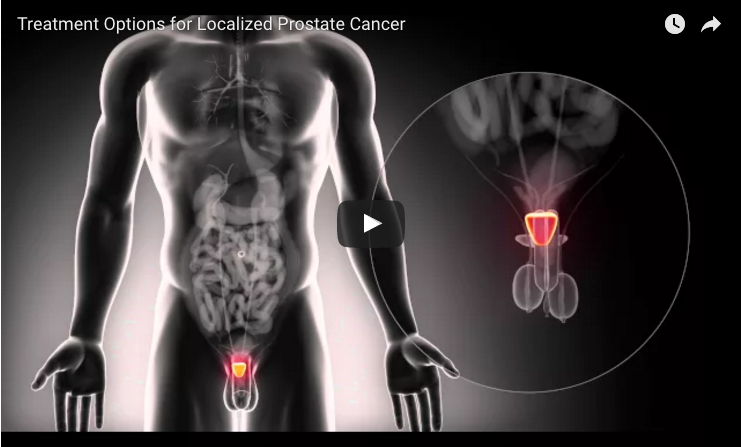Men with localized prostate cancer may want to consider active surveillance over surgery or radiation therapy, suggests a study by Tennessee’s Vanderbilt University Medical Center .
The study, “Association Between Radiation Therapy, Surgery, or Observation for Localized Prostate Cancer and Patient-Reported Outcomes After 3 Years,” appeared in the Journal of the American Medical Association. It compared the outcomes and adverse effects of traditional prostate cancer treatments, such as radical prostatectomy and external beam radiation therapy (EBRT), against active surveillance.
The population-based study involved 2,550 men diagnosed with localized prostate cancer who had been treated with radical prostatectomy, EBRT or active surveillance, and were followed for three years.
Researchers found that erectile dysfunction and urinary incontinence were more common in men treated with surgery than with either radiation therapy or active surveillance. Interestingly, patients treated surgically had fewer urinary irritative symptoms, such as weak urine stream or urinary frequency, than those put under active surveillance.
Three-year survival from prostate cancer was exceeded 99 percent regardless of treatment, and none of the options prevented the men from performing daily activities or having enough energy. According to researchers, this suggests that active surveillance may be a viable alternative to either surgery or radiation therapy given the potentially negative side effects of conventional treatment.
“Patients who were treated with surgery or radiation had side effects while those who were managed with active surveillance, for the most part, did quite well,” Daniel Barocas, MD, MPH, associate professor of urologic surgery at Vanderbilt, said in a press release. “It is best to avoid treatment if you have a prostate cancer that is safe to observe. This is why most doctors recommend ‘active surveillance’ for low-risk cancers.”
While active surveillance did not lead to worse outcomes after three years, the researchers cautioned that prostate cancer tends to be slow-growing and that further studies, up to 10 years in length, are needed in order to determine differences in mortality.
“This study shows that, despite technological advances in the treatment of prostate cancer, both surgery and radiation still have negative effect on quality of life,” said co-author David Penson, MD, MPH, and urology professors Paul V. Hamilton, MD, and Virginia E. Howd.

